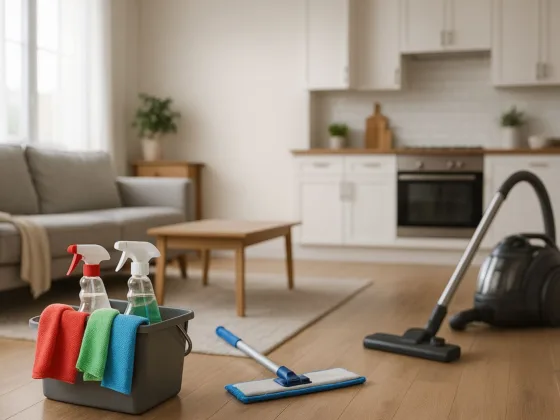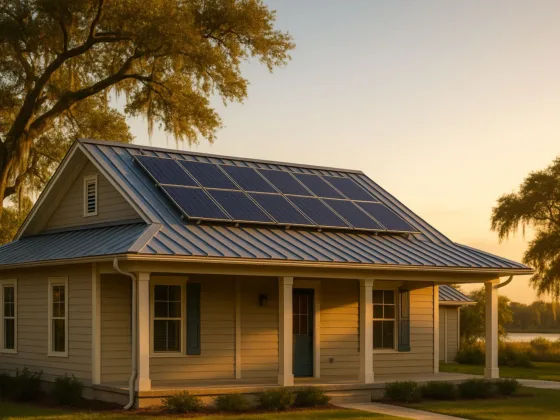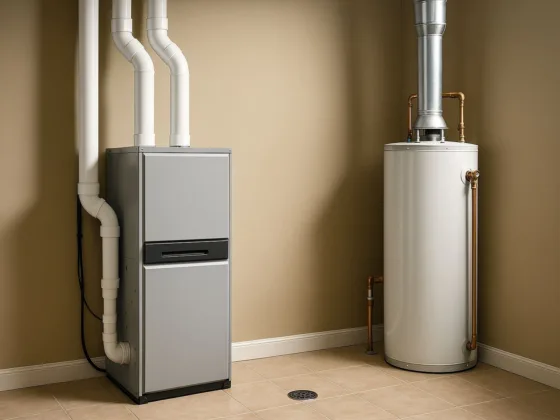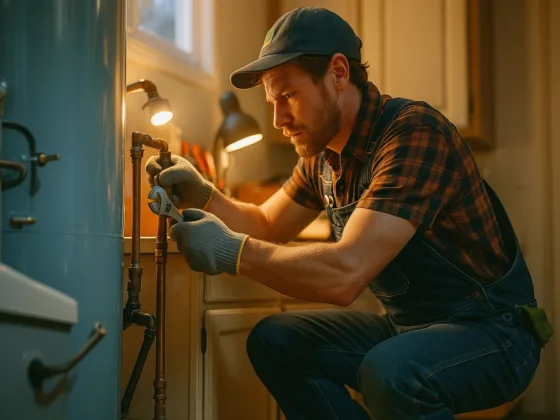Table of Contents Show
We all have them—those ‘just in case’ items that gather dust, causing our homes to become cluttered, creating a stressful and messy environment. If you’re living in this kind of space, your Google search history is probably filled with terms like ‘how to declutter, ‘rubbish removals near me’, and ‘is hoarding genetic?’ You’ll also have an intimate understanding of how overwhelming this kind of clutter can get.
The good news is that there are ways to stop this kind of stuff accumulating, starting with recognising these 8 commons ‘just in case’ items cluttering every home:
1. Expired Beauty Bits
Last year’s stale sunscreen, half used bottles of shampoo, dried up mascara wands—these items are commonly found cluttering up bathrooms and dressing rooms across the country.
Apart from the obvious issue of them taking up space, they could cause skin infections and irritations if used. So, if anything looks off, smells bad, or you know it’s been a long time since it was opened, get it in the bin. Any unopened beauty bits you know you won’t use, such as unwanted gifts, you can donate to a charity or to friends.
2. Totes Too Many Totes
Most people have around six reusable bags at home, on average, and some people have twenty or more. They’re great for the environment, but do any of us really need twenty?
Give away the totes you don’t use, and commit to keeping one in your coat pocket and a few in your car. This prevents the pile of reusables growing and taking up space.
3. Cable & Charger Spaghetti
Whether it’s mystery chargers from 2012 or cables that have no clear use or origin story, everybody has a drawer full of these items because technology becomes obsolete so quickly these days.
Test what works, label it, then either use it or give it away. Anything that’s still a mystery or that’s broken should be recycled or thrown away.
4. Takeout Debris
Americans spend nearly $4,000 dollars a year on takeout. Whether your home delivery is burgers and fries, Mexican food, or sushi to go, the fact is that sauce sachets, unused napkins, washed out containers, and disposable cutlery often get inexplicably saved.
Why do we do this? It must be something to do with the pristine packaging it comes in. Whatever the case, just about every home has random packets of plastic cutlery, mini dip containers, and those little soy sauce fish scattered in drawers, on benches, on tables, and in refrigerator compartments.
Rather than allowing these handy takeout goodies to accumulate, have one small tub for these items. Once it’s full, anything new must be mercilessly thrown away.
5. Retired Linens
It makes sense to have old towels, sheets, and blankets in the closet to help you protect items and flooring when you decorate. However, you only need a few, not a cupboard full.
Donate old sheets, blankets, and towels to animal shelters and reclaim some cupboard space.
6. Beware of Mismatched Tupperware
Mismatched Tupperware can create a chaotic drawer quicker than you can say, ‘where did the lid to that go?’
Take half an hour to check which items have a matching container or lid, and everything else can be recycled or repurposed for crafts or other fun projects.
7. Sentimental Stacks
Birthday cards from loved ones are meaningful, but not all your birthday cards for the last twenty years…
Try to thin out your card collection by keeping only the most meaningful ones.
8. Kitchen Gadgets Gathering Dust
The health and fitness industry is worth over $5 billion dollars, and kitchen gadgets certainly play a part in the revenue stream of this growing market.
Bullet blenders, avocado slicers, cucumber spiralizers—sometimes impulsive buys never get used, and boy do they use up a lot of kitchen storage and countertop space! You’re welcome to keep your beautiful, healthy ceramic cookware and appliances. But for everything a little more obscure or dated, consider donating or maybe selling them online.
It might be hard to let things go at first, but you’ll be delighted once you have the space to let your higher quality core kitchen items shine.
Are you ready to get rid of the ‘just in case’ clutter and reclaim your space? Happy decluttering!
FAQs
Common “just in case” items include old electronics, unused kitchen gadgets, extra linens, expired medications, broken furniture, and excess clothing.These items often accumulate over time and take up valuable space in our homes.
Many people keep unused items due to emotional attachments, fear of needing them in the future, or simply because they feel guilty about letting go of something that was once valuable.This mindset can lead to clutter and hidden hoarding.
To identify hidden hoarding, look for areas in your home that are overcrowded with items you rarely use or need.If you find it difficult to walk through spaces, access items, or if you feel overwhelmed by the amount of stuff you have, it’s a sign that you may be hoarding.
Start by categorizing items into groups such as keep, donate, recycle, and discard.Set specific goals, like tackling one room at a time, and use a timer to stay focused.Remember, if you haven’t used it in the past year, it may be time to let it go.
Shift your mindset by focusing on the benefits of decluttering, such as creating a more organized and peaceful living space.Remind yourself that letting go of items opens up opportunities for new experiences and can lead to a lighter, more fulfilling life.
Hoarding can lead to feelings of anxiety, stress, and overwhelm due to clutter and disorganization.It may also contribute to social isolation if individuals avoid inviting others into their homes.Addressing hoarding can improve mental well-being and enhance overall quality of life.










